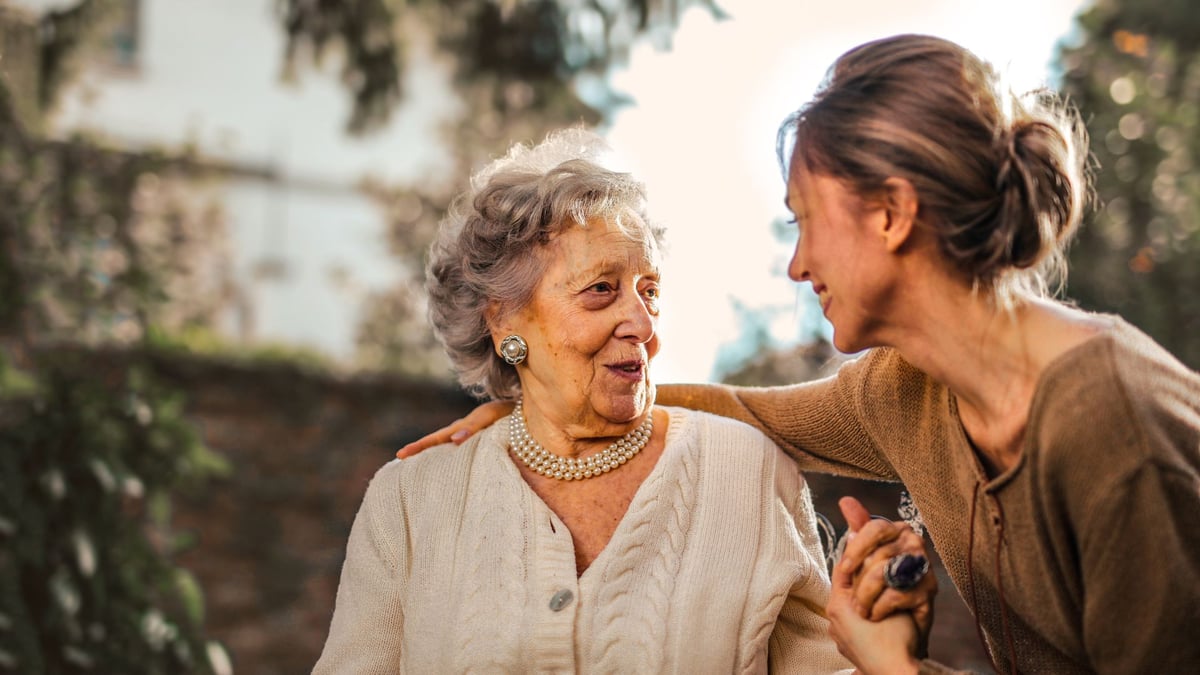A harmonious coexistence between generations is imperative if the planet has to have a long-term sustainability. Elders and young people are often seen as occupying separate spheres, each with their own values, lifestyles, and challenges. However, fostering a society where these two groups can live happily together is not only a moral imperative but also a practical necessity for sustainable development and mutual growth. Bridging the generation gap can lead to a stronger, more cohesive community and a richer exchange of ideas and experiences.
Understanding the Gap
The gap between the elders and young people often arises from differences in values, perspectives, use of technology, and lifestyles. While elders bring wisdom, experience, and a sense of history, the younger generation is typically characterized by innovation, energy, and adaptability. Misunderstandings can emerge when these perspectives clash. For example, older individuals might view the younger generation as overly reliant on technology, while young people might perceive elders as resistant to change. Similarly, elders may perceive the younger ones not listening to them whereas the later may see the elderly as dominant and interfering.

Canva
This divide is exacerbated by societal changes such as urbanization and nuclear family structures, which often leave elders feeling isolated and younger people overwhelmed by their fast-paced lives. Additionally, ageism, the prejudice or discrimination based on age, can contribute to the disconnect, marginalizing older adults and devaluing their contributions to society.
Benefits of Intergenerational Harmony
A society that fosters harmony between elders and young people stands to gain immensely. Elders can offer guidance, mentorship, and emotional support to younger generations. Their life experiences provide valuable lessons that can help young people navigate challenges more effectively. On the other hand, the youth can assist elders in adapting to modern technology and lifestyles, enabling them to stay connected and engaged.

Canva
Intergenerational relationships also promote mutual respect and empathy. When young people interact with elders, they gain a deeper understanding of the challenges and joys of aging, fostering compassion. Similarly, elders who engage with the youth are often rejuvenated by their energy and optimism, which can improve their mental and emotional well-being.
Steps to build an inclusive society
To create a society where elders and young people can coexist happily, deliberate efforts must be made at individual, community, and policy levels. Some practical steps in this regard can include the following:
Promoting intergenerational activities: Organizing activities that encourage interaction between elders and youth is a powerful way to bridge the generational gap. Community centres, schools, and non-profit organizations can host events like storytelling sessions, skill-sharing workshops, and collaborative social projects. Such activities not only foster bonds but also create opportunities for mutual learning.

Canva
Encouraging shared living spaces: Intergenerational living arrangements, where elders and young people share housing, can be mutually beneficial. Elders gain companionship and assistance with daily tasks, while young people benefit from affordable housing and mentorship. Governments and private organizations can support such initiatives by providing financial incentives and creating inclusive housing policies. This also will create a sense of safety among the elders particularly those who stay alone.
Leveraging technology: Technology can be a bridge rather than a barrier between generations. Programs that teach elders how to use smartphones, social media, and other digital tools can help them stay connected with their families and communities. Through the process of “reverse mentoring” youth can take lead and teach use of technology to elderly. Conversely, young people can learn about traditional crafts, and cultural practices from elders, preserving heritage while embracing modernity.

Canva
Combating ageism: Changing societal attitudes toward aging is crucial. Public awareness campaigns, educational curricula, and media representation should emphasize the value of elders in society. Encouraging young people to volunteer with elderly populations can also help break the misunderstanding and build positive relationships.
Strengthening family bonds: Families are the primary unit of society and play a pivotal role in fostering intergenerational harmony. Parents can encourage their children to spend time with grandparents, fostering respect and understanding. Celebrating cultural and religious festivals / functions together can further strengthen these bonds.
Developing policy support: Governments must adopt policies that support elders and facilitate intergenerational integration. This includes providing accessible healthcare and social services for older adults and creating programs that encourage mentorship and skill-sharing between generations. For example, there can be a provision of appointment of elders as visiting faculty for schools / colleges for special classes / sessions.

Canva
Challenges and how to overcome them
Building such an inclusive society is not without challenges. Deeply ingrained stereotypes and societal norms can be difficult to change. Elders may resist engaging with younger people due to fear of being judged or misunderstood, while young people may feel they have little in common with older generations.
To address these challenges, consistent efforts in education, awareness, and community-building are essential. Schools can introduce intergenerational programs as part of the curriculum, and media can play a role in highlighting positive examples of cross-generational relationships. Moreover, creating safe spaces for dialogue and interaction can help both groups overcome their apprehensions.
Conclusion
Creating a society where elders and young people can live happily together is a collective responsibility that requires effort, empathy, and innovation. By valuing the contributions of both generations and fostering opportunities for interaction, one can build a harmonious community that thrives on mutual respect and understanding. Such a society is not just desirable but essential for the well-being of individuals and the progress of humanity as a whole. It will remove the concept of “dependence” or “independence” but create a society that is “inter-dependent”.
This article is written by By Dr A K Sen Gupta, Chief Trustee, My Retired Life Foundation (MRLF).
